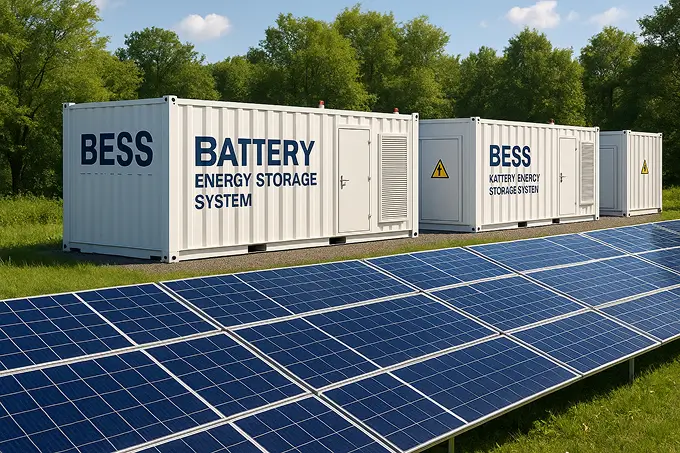E-Bus Battery Optimization
The e-bus market is already moving fast in 2021. Established bus manufacturers are setting the pace. E-bus manufacturers are currently facing a plethora of questions and uncertainties. Major challenges include the development of the highly complex batteries, warranty management, sustainable fleet management and the issue of battery reuse and recycling.
.avif)
Huge Battery Lifecycle Optimization Potential for E-Bus Manufacturers
The e-bus market is developing rapidly in 2021. Established bus manufacturers are making their mark: Solaris reports a record number of orders, and one after the other, MAN, Mercedes and co are introducing their new models. But the pioneers on the electric bus scene are also on the rise – Chinese manufacturer BYD is responding to the increasing demand, planning new production facilities in Europe. US rival Proterra has launched a new battery production line. The new arrivals all have one thing in common, namely longer ranges, and the higher performance batteries necessitated by this trend. MAN’s Lion’s City E is now available as an articulated bus, with production scheduled for the first half of 2021 and an ambitious battery capacity of 640 kWh. As battery performance and the quest to extract increasingly longer ranges from the cells gathers momentum, so do the technical and economic challenges presented by batteries.
E-bus manufacturers are currently facing a plethora of questions and unknowns. Major challenges include the development of the highly complex batteries, warranty management, sustainable fleet management and the issue of battery reuse and recycling.
“We are witnessing a great deal of uncertainty, with particular regard to the way e-bus batteries will be managed in the future. As the battery is by far the most expensive component of an electric bus, understanding the way it ages and how to optimize its use is paramount to an economical and technologically sophisticated deployment” - Andreas Gronarz, former Sales Director at TWAICE.
TWAICE supports commercial vehicle manufacturers with predictive battery analytic software that combines deep battery knowledge and machine learning. Electric bus OEMs benefit from this software from the development stage through to ensuring profitable fleet and warranty management. Sustainable lifecycle management, including second life use case scenarios, complete the solution on offer.
Faster battery development accelerates times-to-market
Developing the right battery system is a challenging, complex, and often laborious task. TWAICE’s battery simulation models were created to support and facilitate this process, saving time and contributing to accelerated product development and optimized battery size.
Risk-free warranty management with battery analytics
Battery performance and longevity is strongly influenced by environmental conditions and user behavior. Excessively deep discharging or fast charging can have negative effects and increase the reactions within the battery cell that speed up the aging process. Manufacturers tied into long warranty periods for their battery systems risk incurring high guarantee costs if the batteries are over-used. Battery analytics software can reduce this risk through preventive measures as well as enabling after-sales services.
Longer use times improve the economical and ecological balance of batteries
TWAICE’s analytics software makes a precise analysis of battery health possible, as well as predicting its remaining lifetime: the timing of a replacement can be determined from the current state of battery aging.
Furthermore, aging simulations can predict the effects of diverse use and charging patterns on the battery SOH, and appropriate adjustments for optimized battery use can be made. Transparency into battery health also allows for anticipatory maintenance to be undertaken – individual battery cells can be replaced before malfunctions or breakdowns occur.
Perhaps of greatest interest to e-bus fleet operators, these functions can also be accessed via the ViriCiti fleet management platform. The TWAICE software is integrated here as an add-on.
Sign up for the next live group demo and learn how TWAICE can transform your BESS operations. In just 30 minutes, you’ll get a demo of key features and use cases, and engage with our product experts for a live Q&A.


.avif)

.avif)
